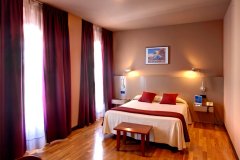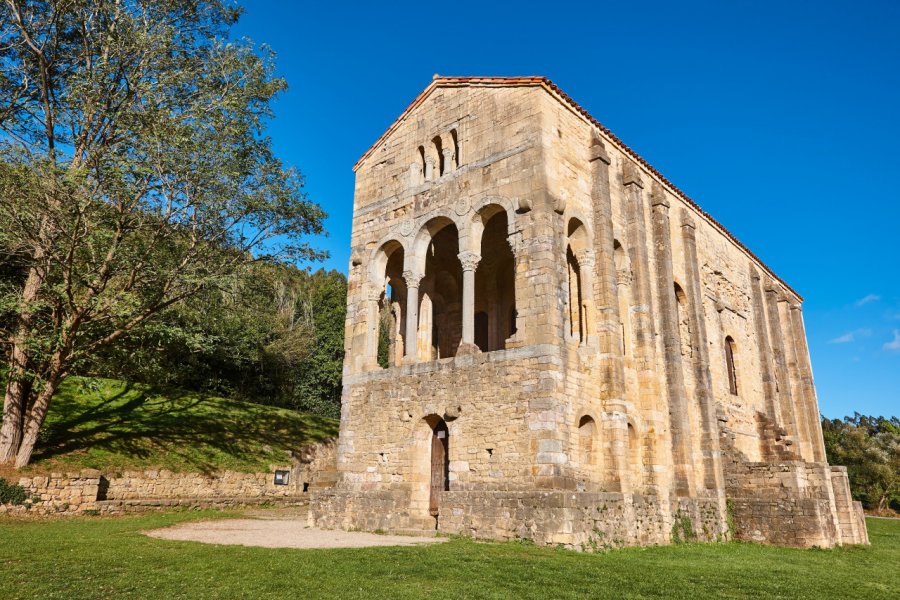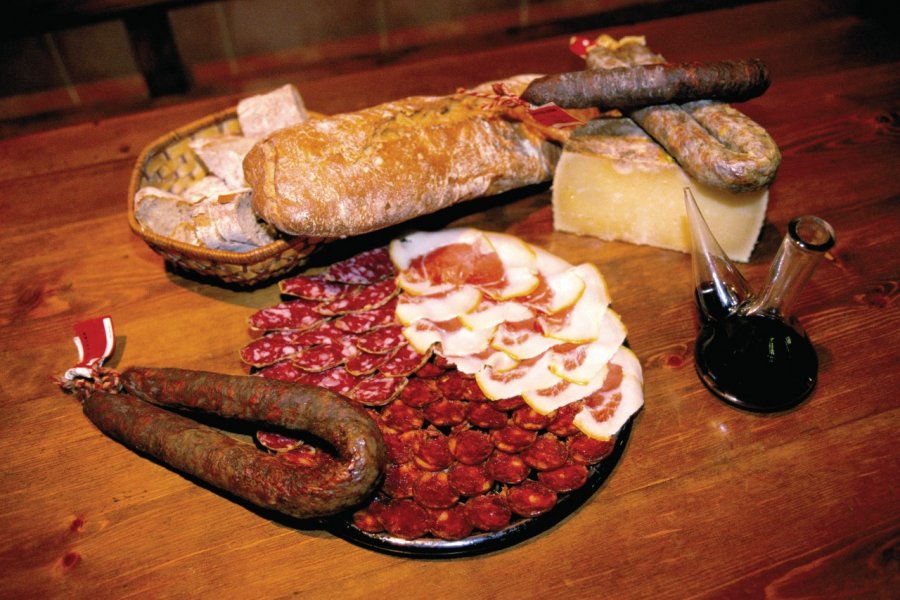Travel Guide Oviedo
Find an accommodation
Advertising
Oviedo the monumental and Gijón the maritime... The two metropolises, although so close, maintain a bitter rivalry. The capital of the Principality of Asturias, with a population of more than 220,000, lies on a green plain at the foot of Monte Naranco, where the first Asturian court was established at the end of the 8th century. Oviedo was thus the cradle of the very original pre-Romanesque architecture, the most brilliant examples of which surround the city. The victorious resistance against the Muslim occupiers, the starting point of the Reconquest, earned Oviedo the status of a principality. Thus, the heir to the Spanish crown still bears the title of Prince (or Princess) of Asturias. In the last century, the city became the industrial center of the coal basin that extends to the south, around Mieres. In 1934 an uprising of miners ended in a bloodbath, crushed by a young general who was soon to make his name: Francisco Franco. The urban areas, which developed near the historical center, are not of the most beautiful effect. However, the capital, coquettish and bourgeois, described by the 19th century writer Clarín in La Regenta (the most famous Spanish novel after Don Quixote), has a perfectly preserved monumental center around its beautiful cathedral. Not to be missed, south of the square, is the Museum of Fine Arts, which houses the largest collection in Asturias. This area is very easy to walk through, perhaps thinking, like Woody Allen, that the city looks like a fairy tale setting. We find his sculpture, Calle Milicias Nacionales, reminding us that the filmmaker received in 2002 the famous "Prince of Asturias" award from the future king of Spain, Felipe VI. A tribute that he will return to the city in 2008 by shooting scenes from the film Vicky Crisitna Barcelona.There are no less than 12 national monuments to visit: a vast program, even in a few days! Fortunately, the monuments and museums in the historic center are all within a small area that is easily accessible on foot. But plan a few extra hours for the (indispensable) visit of the pre-Romanesque churches, which alone are worth the detour. All around the cathedral, in a maze of squares and dark alleys, old Oviedo is full of baroque and Renaissance palaces. From the Alfonso II square (Palacio de la Rúa) to the City Hall square (18th century), passing by the Toreno and Campo Sagrado palaces, in the beautiful Porlier square, and the university building (17th century), where the law faculty still holds its classes. Finally, don't miss a visit to the arcades of Fontán Square, which has a slightly opera-like atmosphere.
What to visit Oviedo?
Advertising
Weather at the moment
Advertising
Organize your trip with our partners Oviedo
Transportation
Book your plane tickets
Car Rental
Boat rental
Accommodation & stays
Find a hotel
Holiday rental
Find your campsite
Tailor-made trip
Immersion travel
Services / On site
Activities & visits
Find a doctor


















